STRUCTURES
The baths included tubs, pools, and the most modern equipment of the time. The complex also had a workshop where bottles were filled for export, and the thermal baths welcomed over a thousand visitors annually! The complex also included a hotel and a chapel. In 1910, there was a renovation that modernized the facilities even further. However, in 1928 part of a building threatened to collapse, and during the 1930s and 1940s the hotel ceased operation. Visitors were then forced to stay in Figueira da Foz, but attendance at the baths sharply declined as the region’s rice fields attracted many mosquitoes, deterring guests.
By the 1960s, only the main bathhouse was still functioning, with the other buildings abandoned, including the chapel. By 1963, the thermal baths had lost their former grandeur and were in decline, with the chapel and park completely neglected. The bathhouses were classified as “modest rural type.” Today, the entire bathhouse complex lies in ruins.
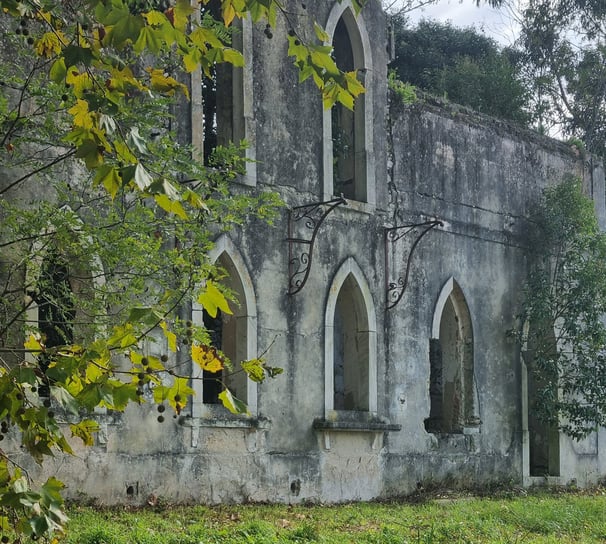

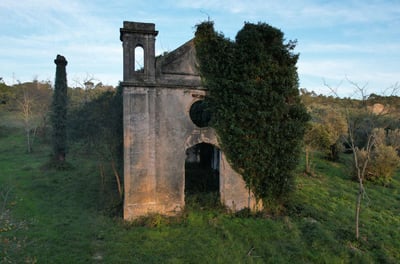

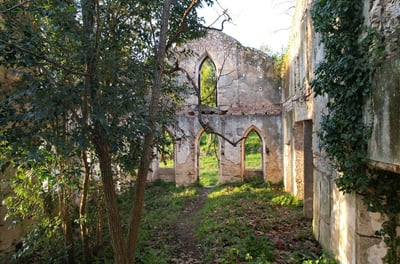

Village
The mineral water continues to spring near the entrance gate of the old complex, despite all the surrounding neglect. Many cars still stop to take advantage of the quality of these waters — abandoned but not forgotten. In 1994, the site was classified as being of “Municipal Interest.” However, from then until today, the area has remained abandoned and is owned by the Soure City Council. It remains a magical place where “pilgrims” come in search of that elixir, also delighting photographers. The Amieira Thermal Baths are a site rich in history with great tourism potential.
Therefore, after years of research and project development, we aim to breathe new life into this space by restoring it for tourism purposes and creating a hotel project that values the territory and sustainability.
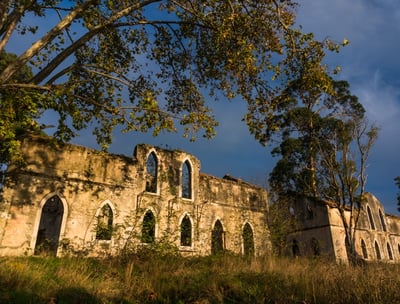

Natural Wealth
By integrating the thermal baths and the cultural heritage of Soure, it will help preserve local history and promote its significance within the national tourism context.
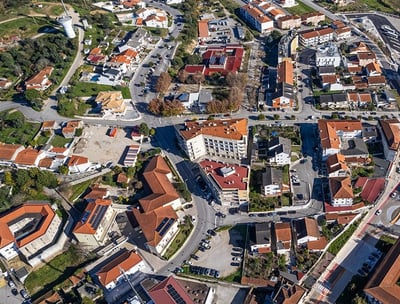

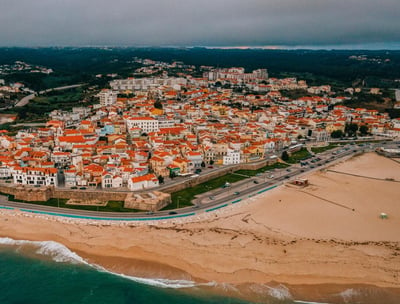

Tourist Infrastructure
The Soure region and its surroundings lack accommodation options that combine comfort, close proximity to nature, and distinctive services.
Strategic Location
Proximity to Major Urban Centers: Located a short distance from Coimbra and Figueira da Foz, the site offers easy access for both domestic and international tourists.




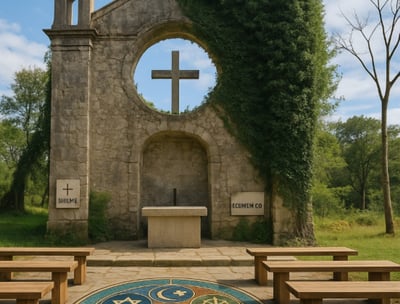

Local Development
The village will not only attract tourists but also stimulate other sectors of the local economy, such as agriculture, commerce, and handicrafts.
Profitability Potential
With comfortable lodging and gastronomic and cultural experiences, the Termas da Amieira Tourist Village can attract a diverse audience.
Partnerships and Synergies
The project aims to establish partnerships with tour operators, travel agencies, and local suppliers, strengthening its competitive position.
Regional Enhancement and Development
Uma experiência inesquecível! O charme das ruínas e o spa são perfeitos para relaxar. Recomendo a todos que buscam tranquilidade e bem-estar.
Maria Silva

★★★★★








